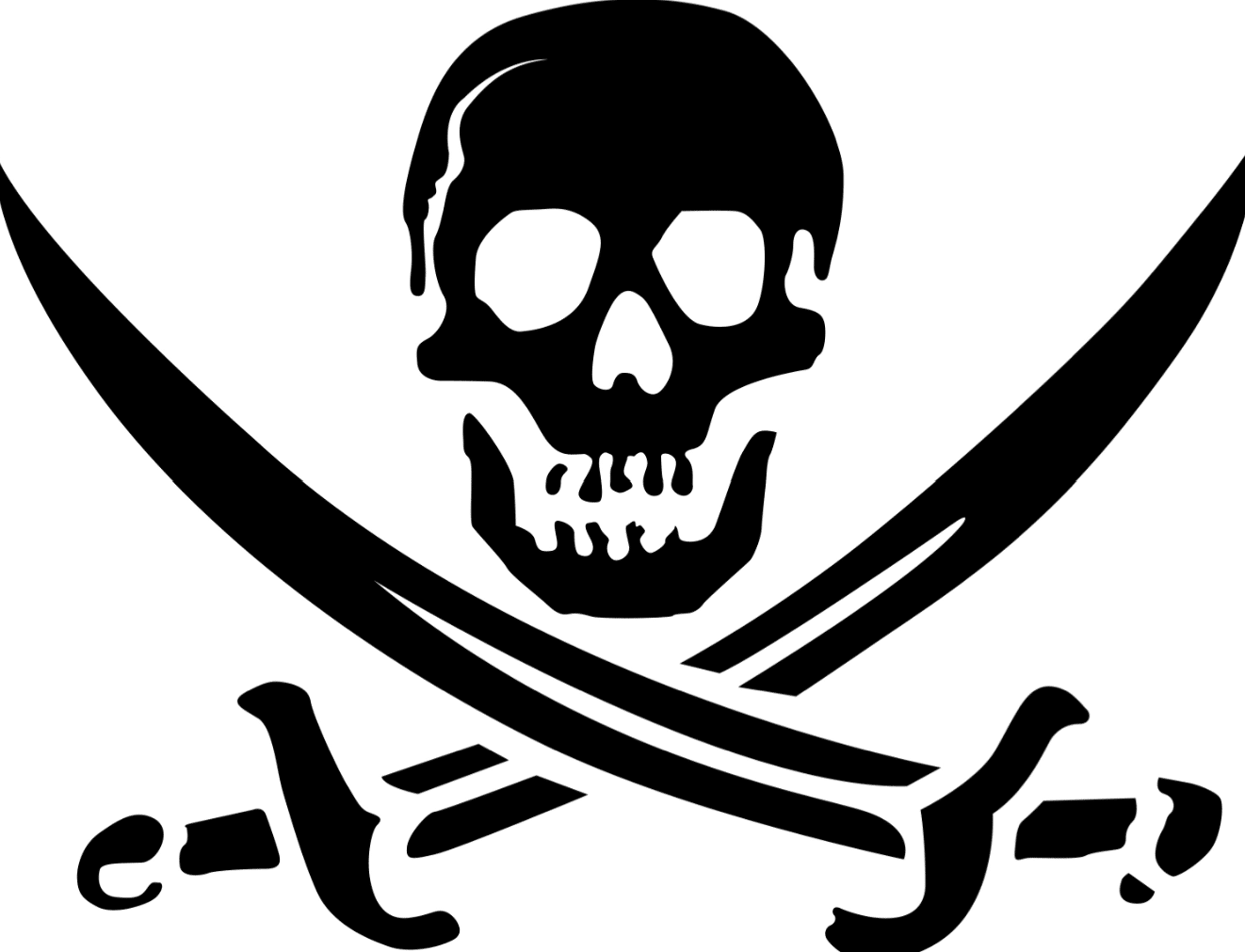Issues in ICT
- Digital Piracy
- Intellectual Property
- Fair Use
- Privacy and Security Threats
- Computer Addiction
- Pornography
- Digital Divide
 |
| Digital Piracy, it's a crime |
Digital Piracy
-illegal copying and selling of software, games, programs, and others
Intellectual Property
-someone's idea, invention, creation, etc., which can be protected by law from being copied by someone else
Fair Use
-laws relating to the conditions in which someone can legally copy parts of a book, film, etc. without the permission of the company that made it or owns it
Privacy and Security Threat
Includes:
- Malware - a computer software that damages the way a computer works
- Hacking - unauthorized access of a computer and other similar devices
- Cyber Bullying - bullying or harassing someone on the phone, e-mail, and others
- Spamming - any unsolicited commercial advertisement, e-mails, instant messages, etc., distributed online
- Flooding / Mail Bomb - various DoS techniques that leads to system failure or to the exclusion of legitimate access
- DoS (Denial-of-service) - a condition in which a system can no longer respond to normal requests
- Forgery / Identity Theft - the illegal use of someone else's personal information in order to obtain money
Computer Addiction
-excessive use of computers to the extent that it interferes with daily life
-a disorder in which the individual turns to the Internet or plays computer games in an attempt to change moods, overcome anxiety, deal with depression, reduce isolation or loneliness, or distract themselves from overwhelming problems
Pornography
-*self explanatory*
Digital Divide
-the division between people who has the latest ICT tools and those who do not.
IT Literates | IT Illiterate
References:
http://moodle.pshs-brc.edu.ph/pluginfile.php/2821/mod_resource/content/3/Netiquette.pdf References:
http://moodle.pshs-brc.edu.ph/mod/resource/view.php?id=1014
http://www.livingdice.com/wp-content/uploads/2012/01/piracy.png
https://blogger.googleusercontent.com/img/b/R29vZ2xl/AVvXsEgGyX5eGYRSpsp_4n31eQ4h4DxbgTv4oiiWHQx93e5Qp-bvyHFHO6dhm3OODVN-FmKk1sSsyFETV3ccxqZEYyJpZIRZfjFnJDELxJj_0q8RwGMhsd6Dbi0TV9agVOGSgIYOslEN4xcMXGNi/s1600/Hacker3.jpg



















